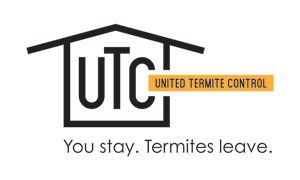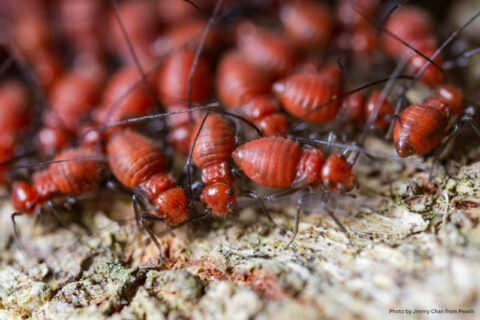Essential Drywood Termite Control Tips for Homeowners
Drywood termites are a serious concern for homeowners. Unlike other species, they live entirely within wood structures, making them difficult to detect until significant termite damage has already occurred. By taking a proactive approach to termite prevention, you can protect your home and avoid costly repairs. This guide provides effective strategies to help you stay ahead of potential infestations.
Understanding Drywood Termites
Drywood termites differ from subterranean species by nesting inside dry wood rather than the soil. They often infest structural wood, furniture, and attic beams, where they quietly cause damage over time. Because they require no soil contact, they can thrive in any part of the home.
Common Signs of Infestation
Recognizing early warning signs is key to preventing extensive damage:
- Drywood Pellets: Small, oval-shaped droppings found near baseboards or windows.
- Discarded Wings: Swarmers shed their wings near entry points during reproduction cycles.
- Hollow-Sounding Wood: Wood that sounds empty or papery when tapped could be compromised.
Early detection through a professional termite inspection can prevent larger structural problems.
Key Termite Prevention Strategies
To safeguard your property, incorporate the following termite prevention measures:
1. Schedule Routine Termite Inspections
Annual or bi-annual termite inspections by a licensed professional are among the most effective ways to detect early activity. A trained specialist can identify subtle indicators that homeowners may miss and recommend appropriate treatments.
2. Seal Entry Points
Even small cracks in exterior walls, windows, and door frames can serve as entryways. Use caulk or sealant to close gaps and prevent pests from entering your home unnoticed.
3. Apply Wood Treatments
Protecting vulnerable wood with borate-based treatments can deter termites from settling in. These treatments are particularly useful for attics, crawl spaces, and other exposed areas.
Advanced Pest Control Methods
For active infestations, more targeted pest control solutions may be necessary:
- Localized Spot Treatments: Direct injection of termiticide into affected areas offers precision control with minimal disruption.
- Structural Fumigation: For extensive infestations, fumigation provides a whole-house solution, eliminating termites throughout the structure.
A reputable pest control provider will help you determine the best method for your situation.
Long-Term Prevention Practices
Ongoing maintenance is critical to minimizing future infestations. Consider the following best practices:
- Moisture Management: Fix leaking pipes and ensure proper drainage around your home’s foundation.
- Ventilation: Maintain airflow in attics and crawl spaces to discourage wood-damaging pests.
- Regular Property Maintenance: Keep wood siding, trim, and eaves in good condition to reduce vulnerability.
Natural DIY Deterrents
Some homeowners opt for natural solutions as part of their prevention routine:
- Vinegar and Citrus Sprays: These mixtures may repel termites when applied to vulnerable areas.
- Essential Oils: Orange oil has shown some effectiveness in disrupting termite activity.
While these options can support a broader prevention plan, they are not substitutes for professional pest control.
Common Misconceptions About Termite Damage
Avoiding misinformation is just as important as taking preventive steps. Key myths include:
- Only Older Homes Are Affected: New construction is equally at risk if conditions are favorable.
- One-Time Treatments Are Sufficient: Ongoing monitoring is essential, even after treatment.
- Surface Damage Tells the Whole Story: A comprehensive inspection is required to evaluate internal wood damage.
Preventing Future Infestations
Even after effective treatment, the risk of re-infestation remains. Homeowners should:
- Use monitoring stations around the property.
- Schedule follow-up inspections at least once per year.
- Keep landscaping and exterior structures (like decks and fences) in good condition.
A long-term prevention plan is the best defense against recurring termite issues.
Why Choose United Termite Control?
At United Termite Control, we provide expert termite inspection and customized prevention solutions designed to protect your home year-round. Our team combines industry knowledge with cutting-edge technology to deliver long-lasting results and peace of mind.
Whether you need a one-time inspection or an ongoing prevention strategy, we’re here to help you safeguard your investment.
Take action today. Contact United Termite Control to schedule a professional termite inspection or learn more about effective pest control solutions for your home.


